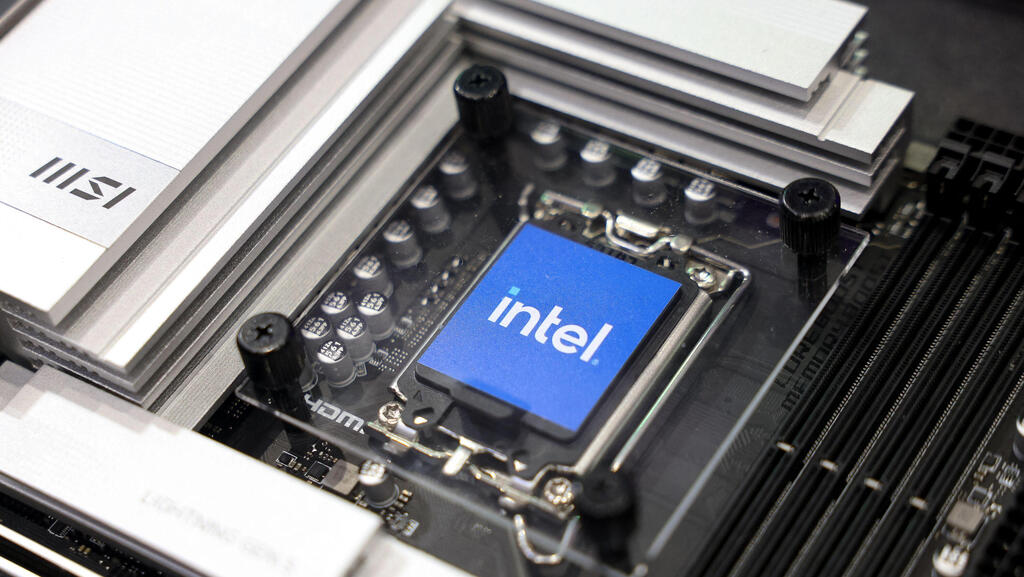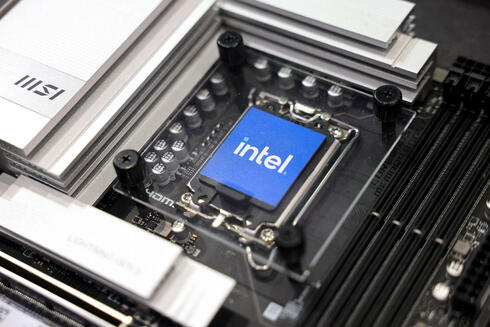
Intel CEO eyes costly pivot to regain chipmaking edge
According to Reuters, Lip-Bu Tan may abandon a key manufacturing process in bid to win back top clients.
Intel’s new chief executive is exploring a major change to its contract manufacturing business in a potentially costly shift from his predecessor’s plans, two people familiar with the matter told Reuters.
If implemented, the new strategy for Intel’s “foundry” business would involve no longer marketing certain chipmaking technologies, which the company has spent years and billions of dollars developing, to external customers, the people said.
Since taking the helm in March, CEO Lip-Bu Tan has moved quickly to cut costs and find a new path to revive the ailing U.S. chipmaker. By June, he began signaling that a manufacturing process heavily backed by former CEO Pat Gelsinger, known as 18A, was losing its appeal to new customers, the sources said, speaking on condition of anonymity.
Putting aside external sales of 18A and its variant 18A-P would require Intel to write off part of its investment, a charge that could reach hundreds of millions, if not billions, of dollars, according to industry analysts contacted by Reuters. Intel declined to comment on “hypothetical scenarios or market speculation,” but noted that the lead customer for 18A has long been Intel itself. The company aims to ramp up production of its “Panther Lake” laptop chips in late 2025, calling them the most advanced processors ever designed and manufactured in the United States.
Winning outside clients for its factories remains crucial to Intel’s future. As 18A faced repeated delays, rival TSMC’s next-generation N2 technology has stayed on track for production.
Tan’s preliminary answer to this challenge: focus more resources on 14A, a next-generation chipmaking process where Intel believes it has an edge over Taiwan’s TSMC, the sources said. The shift is part of a bid to win big clients like Apple and Nvidia, which currently rely on TSMC to manufacture their chips.
Tan has directed the company to prepare options for the board to discuss as early as this month, including whether to stop marketing 18A to new customers, one source said. The board may not reach a final decision until a later meeting in the autumn, given the complexity and stakes involved.
Intel declined to comment on what it called “rumor.” In a statement, it said: “Lip-Bu and the executive team are committed to strengthening our roadmap, building trust with our customers, and improving our financial position for the future. We have identified clear areas of focus and will take the actions needed to turn the business around.”
Last year was Intel’s first unprofitable year since 1986, posting a net loss of $18.8 billion for 2024.
Tan’s deliberations highlight the enormous risks, and costs, under review as he works to put the storied U.S. chipmaker back on solid footing. Like Gelsinger, Tan inherited a company that had lost its manufacturing edge and missed out on critical technology waves of the past two decades, including mobile computing and artificial intelligence.
Intel is targeting high-volume production of 18A chips for its own products later this year, which are expected to ship before any significant external orders. Meanwhile, successfully delivering 14A on time to win major contracts is far from guaranteed, and Intel could yet stick with its existing 18A plans, one source said. Intel says it is tailoring 14A to meet the specific needs of key clients.
Tan’s review focuses on Intel’s foundry business, which makes chips for outside customers. Regardless of the board’s decision, Intel will still manufacture 18A chips where plans are already locked in, sources said. This includes in-house products designed for 18A, as well as a relatively small volume of chips for Amazon and Microsoft, which have contracts that make switching to 14A impractical at this stage.
Amazon and Microsoft did not immediately comment. Intel said it will honor all customer commitments.
Tan’s broader strategy remains in its early stages. So far, he has revamped the leadership team, brought in new engineering talent, and trimmed what he sees as bloated and slow-moving middle management. Dropping external sales of 18A would be one of his biggest strategic shifts so far.
Related articles:
The 18A process features an innovative energy delivery method and a new type of transistor, which Intel executives said would help the company match or surpass TSMC’s capabilities. However, some analysts argue that 18A is roughly equivalent to TSMC’s N3 process, which entered high-volume production in late 2022.
If Tan’s plan goes ahead, Intel would pivot its foundry teams, design partners, and potential new customers toward 14A, where it believes it has a stronger chance of competing with TSMC. Tan’s view is informed by extensive industry contacts and customer relationships built over decades in the semiconductor business, the sources said.
Intel is set to make extensive cuts this month, with plans to eliminate up to 20% of its global factory workforce, including hundreds of positions at its flagship Kiryat Gat plant in Israel. This comes on the back of layoffs at its Santa Clara headquarters, the phasing out of a swath of global marketing jobs, and the dismantling of its small but symbolic automotive technology unit.
